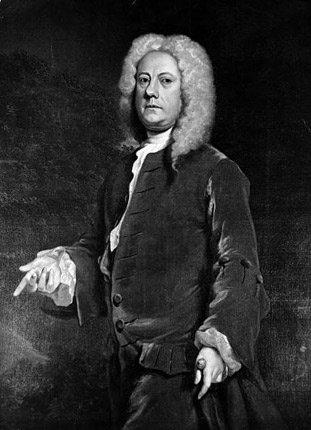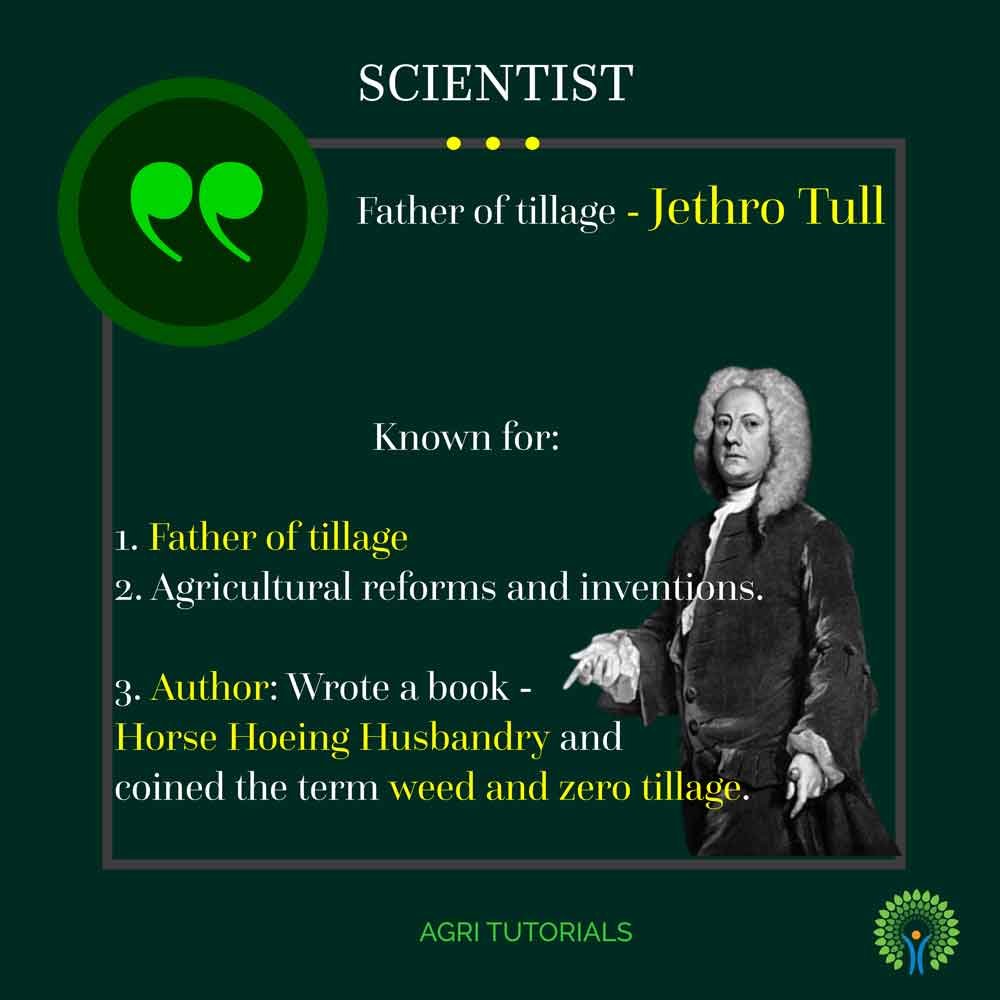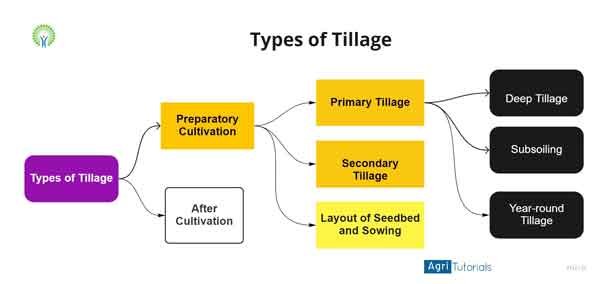Tillage is the agricultural preparation of land soil, to loosen it by mechanical agitation for growing crops or cultivation by various types, such as digging, stirring, and overturning and can be add plant material.
What is tillage?
Tillage definition: Tillage is the process of loosening soil through mechanical agitation such as digging, stirring, and overturning in order to add plant material.
Tilth is the physical condition of soil obtained out of tillage (or) it is the result of tillage. The tilth may be a coarse tilth, fine tilth or moderate tilth.
Tillage Meaning in Hindi
Tillage comes from the ‘Anglo-Saxon’ terms Tilian and Teolian, which mean ‘to plough and prepare land for seed sowing, cultivating, and raising crops.’ Jethro tull, known as the “Father of Tillage,” recommended for thorough ploughing to break up the soil into small particles.
Tillage meaning – ”the preparation of land for growing crops” or
”land under cultivation”
“Tillage” can also mean the land that is tilled.
Tillage meaning in Hindi- जुताई, फसल उगाने के लिए भूमि की तैयारी, जोतने वाली भूमि
जुताई से आप क्या समझते हैं?
जुताई यांत्रिक आंदोलन के माध्यम से मिट्टी को ढीला करने की प्रक्रिया है जैसे कि खुदाई, हलचल, और पौधों की सामग्री को जोड़ने के लिए उलटना।
टिलिंग का उदाहरण क्या है?
फावड़ा (Shovel), उठान (Lifting), मटका कार्य, होईंग (Hoeing) और रेकिंग (Raking).

Father of Tillage – Jethro Tull
Father of tillage – Jethro Tull, Agriculturist (British agronomist) wrote a book horse hoeing husbandry & coined the term zero tillage and weed.
Born – 1674, Basildon, Berkshire, England
Died – 21 February 1741, Shalbourne, Berkshire, England
Aged – 66 (1674 – 1741)

Jethro Tull Known for –
Father of tillage and Father of zero tillage.
Agricultural reforms and inventions.
Inventions: Invented machinery for the agricultural preparation of soil and seed drill and horse-drawn hoe.
Author: Wrote a book – Horse Hoeing Husbandry and coined the term ‘Weed‘ and ‘Zero tillage’.
[Note: Weed is a Undesired Plant in a particular crop area/Producing land.]

Objectives of Tillage for Crop Production
Tillage’s primary goals include:
- To create a light-rich microenvironment for the seedling (weed free environment).
- To preparing a suitable seed bed that aids seed germination.
- To improve crop growth by creating favorable soil conditions.
- To successfully control weeds.
- To improve the soil’s ability to absorb more rainwater.
- To evenly distribute manure and nutrients in the soil.
- To improve soil aeration.
- Enough seed-to-soil contact to allow water to reach seed and seedling roots.
- Remove the hard pan and add depth to the soil, if any to increase the soil depth for water absorption.
- To improve soil aeration for gaseous exchange in the seed and root zones
- Water passage to seed and seedling roots requires adequate seed-soil contact.
- Seedling emergence requires a non-crusted soil.
- A soil with a low density that allows for root extension and proliferation.
- To mix the applied manures and fertilizers with the soil to create a pest and pathogen-free environment
- The earth is disturbed, opened up, and turned over to achieve these goals.
Land Preparation
The preparation of agriculture field / land area, you need general tillage operation.
Types of Tillage

Preparatory Cultivation
Tillage procedures done to prepare the field for crop production are referred to as preparatory tillage. When the soil is in a workable condition, it involves deep opening and loosening the soil to achieve a desired tilth as well as incorporating or uprooting weeds and crop residue.
Types of preparatory tillage
a. Primary tillage
b. Secondary tillage
c. Layout of Seedbed and Sowing
Primary Tillage:
The tillage operation that is done after the harvest of crop to bring the land under cultivation is known as primary tillage or ploughing. [Ploughing is the opening of compact soil with the help of plough(s).
Different types plough(s): Country plough, mould board plough, bose plough, tractor and power tiller drawn implements are used for primary tillage.
Objective of primary Tillage:
The objective of primary tillage is-
- to attain a reasonable depth of soft soil
- incorporate crop residues
- kill weeds
- to aerate the soil.
Types of Primary Tillage:
- Deep Tillage
- Subsoiling
- Year-round Tillage
Secondary Tillage:
The tillage operations that are performed on the soil after primary tillage to bring a good soil tilth are known as secondary tillage.
Secondary tillage consists of lighter or finer operation which is done to clean the soil, break the clods and incorporate the manure and fertilizers. Harrowing and planking is done to serve those purposes.
Planking: Planking is done to crush the hard clods, level the soil surface and to compact the soil
lightly.
Harrows, cultivators, Guntakas and spade are used for secondary tillage.
Objective of Secondary Tillage:
The objective of Secondary tillage is-
- to incorporate fertilizers,
- to reduce the soil to a finer tilth,
- level the surface, or control weeds.
- to incorporate the manure
Layout of Seedbed and Sowing
This is also a part of the preparatory tillage process for levelling, the levelling board, buck scrapers, and other tools are also used, and markers are used to layout the seedbed.
After cultivation (Inter tillage)
After tillage refers to the tillage operations performed in the standing crop after sowing or planting but before the crop plants are harvested.
Inter cultivation is also known as post seeding/planting cultivation. It involves harrowing, hoeing, weeding, earthing up, drilling or side dressing of fertilizers etc. Inter cultivation is done with spades, hoes, weeders, and other tools.
Zero Tillage
Zero tillage is also known as No-till farming or direct drilling. Zero tillage an agricultural technique for growing crops or pasture without disturbing or mechanical agitation for agricultural preparation of soil.
This method involves planting a fresh crop in the remains of the preceding crop without any soil tillage or seed bed preparation, and it is possible when all weeds are controlled using herbicides.
Soils with a coarse textured surface horizon, strong internal drainage, high biological activity of soil fauna, favorable initial soil structure, and an adequate amount of crop residue as mulch are suitable for zero tillage. In the humid and sub-humid tropics, these circumstances are common in Alfisols, Oxisols, and Ultisols.

Zero tillage can be achieved in a variety of ways, including till planting. The preceding crop row is cleared with a wide sweep and rubbish bar, and the planter opens a narrow strip into which seeds are sown and covered.
Herbicide functions are expanded in this case. Before seeding, the existing vegetation must be eradicated, which is done with broad spectrum non selective herbicides such as glyposate, paraquat, and diquat.
Advantages
- Organic matter content increases due to less mineralization in zero tilled soils, which have a more homogeneous structure and a higher quantity of earthworms.
- The presence of mulch reduces surface run-off.
Disadvantages
- In zero tillage, a higher nitrogen application is required for organic matter mineralization.
- Perennial weeds could be an issue.
- Invasive pests and a large number of volunteer plants
FAQ
Define tillage?
Tillage is the process of loosening soil through mechanical agitation such as digging, stirring, and overturning in order to add plant material.
Who is the father of tillage?

Jethro Tull, the father of tillage, produced a handbook on horse hoeing husbandry, invented agricultural soil preparation machinery, and coined the terms weed and zero tillage.
What is Zero Tillage?
No-till farming or direct drilling are other terms for zero tillage.
Zero tillage is a farming strategy that involves cultivating crops or pasture without disturbing or mechanically agitating the soil.
